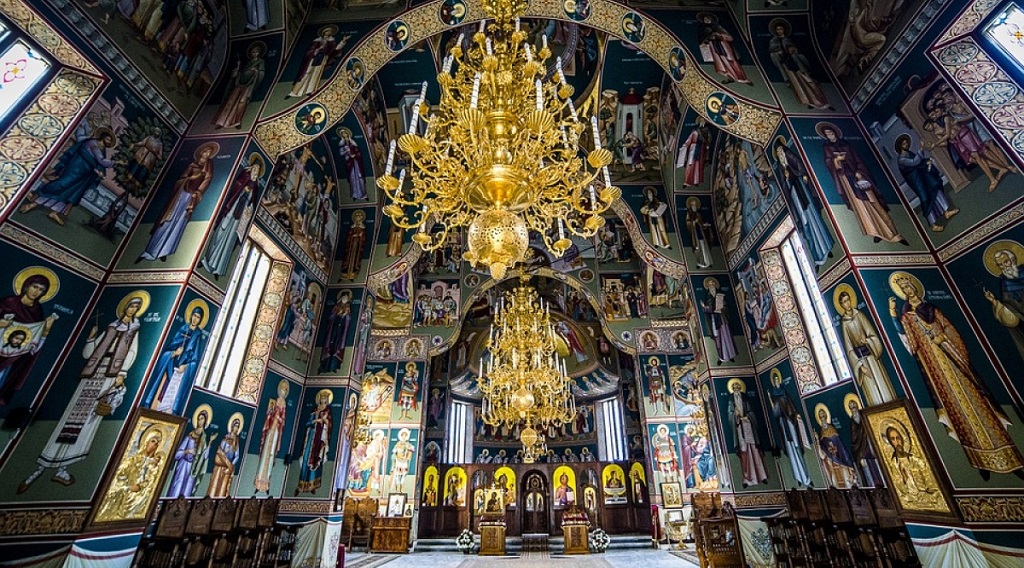The Painted Monasteries of Bucovina: Exploring Romania’s Unique Cultural Heritage
Located in the northeastern corner of Romania, the painted monasteries of Bucovina are some of the most remarkable and unique examples of Eastern European religious and cultural heritage. From the 15th to the 17th centuries, the region’s Orthodox monasteries were decorated with brightly colored frescoes depicting religious scenes, making them a must-see destination for travelers seeking to explore the region’s unique cultural and religious history.
What are The Painted Monasteries of Bucovina?
The painted monasteries of Bucovina are a unique group of Orthodox churches and monasteries located in the region of Bucovina, Romania. Built between the 15th and 17th centuries, these monasteries are renowned for their brightly colored frescoes, which cover the exterior and interior walls of the churches and provide visitors with a glimpse into the religious and cultural life of the region.
These monasteries are unique in that they combine two distinct styles of architecture. The first is the traditional Byzantine-style, which is characterized by its domed roofs and circular shape, while the second is the local Moldavian style, which is characterized by its wooden spires and rectangular shape. The combination of the two styles creates a unique aesthetic, which has made the painted monasteries of Bucovina a popular tourist destination.
History of The Painted Monasteries
The painted monasteries of Bucovina were built during a period of great religious and cultural change in the region. During this time, the Orthodox Church was expanding its influence in the region, and the monasteries served as centers of religious and cultural activity. The churches were decorated with brightly colored frescoes depicting religious scenes, saints, and other elements of Orthodox faith. These frescoes were designed to educate and inspire those who visited the monasteries, and they remain some of the most remarkable examples of Eastern European religious art.
Visiting the Painted Monasteries of Bucovina
Today, the painted monasteries of Bucovina are a popular destination for travelers seeking to explore Romania’s unique cultural heritage. The monasteries are spread throughout the region, and visitors can explore them independently or take part in organized tours. The most popular monasteries to visit are the Sucevita, Arbore, Humor, Moldovita, and Voronet monasteries, which are all UNESCO World Heritage Sites.
When visiting the painted monasteries of Bucovina, visitors should be aware of the region’s strict dress code. Women must wear skirts or dresses that cover their knees, and men must wear long trousers. In addition, visitors are also expected to be respectful of the religious nature of the monasteries, and should avoid taking photographs or using mobile phones inside the churches.
Exploring the painted monasteries of Bucovina is a unique and unforgettable experience. Whether you’re a history buff, an art lover, or simply looking to explore Romania’s unique cultural heritage, a visit to the painted monasteries of Bucovina is sure to be a memorable one.

